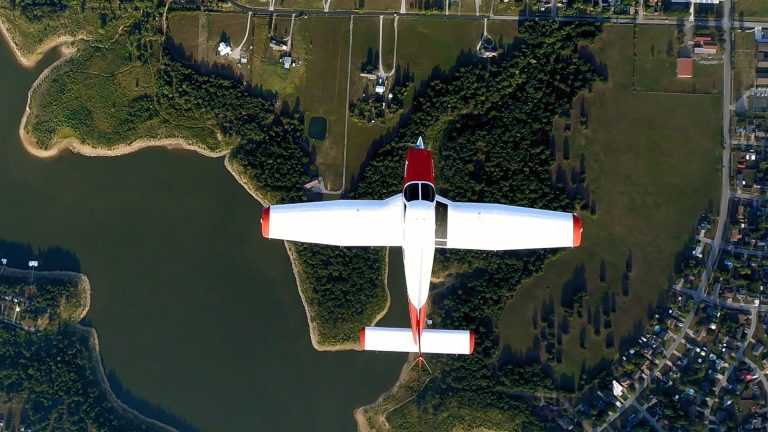


Have you ever looked out the window of a plane and felt perplexed when you noticed it tilting to one side? Or maybe you've watched a plane doing aerobatic maneuvers and wondered, "how does it stay in control?" Well, it all comes down to one thing - aircraft stability.
When you're up in the air, stability is vital. You want to know that the plane you're in can handle the movements it needs to make to get you safely to your desired destination. That's where the three axes of movement come in - pitch, roll, and yaw. They may sound like simple terms, but these three things are crucial to ensuring aircraft stability. Understanding their interconnectivity will help you appreciate the complexity of what keeps you flying high above the clouds.
First, there is a pitch. Pitch refers to the vertical movement of the nose of an aircraft. When a pilot pulls back on the control column to increase pitch and climb, the aircraft's wings produce more lift. However, this can cause the plane to roll to one side because the lift on one wing may be greater than the lift on the other wing. The pilot must use the ailerons to adjust the roll and keep the wings level. This process is a delicate balance that requires careful attention.
Next, there is roll. Roll refers to the side-to-side movement of an aircraft wing. Pilots control the roll by adjusting the ailerons. When the airplane is rolling to one side, it can affect the pitch and yaw. If the aircraft rolls to the left, the left wing will produce more lift - causing the aircraft to rise. The pilot must adjust the elevators to maintain the desired pitch angle. The rolling motion can cause the plane to yaw to one side, so the pilot must use the rudder to counteract this movement.
Last but not least is yaw. Yaw refers to the rotation of an aircraft around its vertical axis. Pilots control yaw by adjusting the rudder. Pitch and roll can also be affected by pitch. For example, if the airplane is drifting to the left, the left wing will move forward through the air, which may cause more lift to be produced and the aircraft to pitch up. The pilot must use the elevators to maintain the desired pitch angle. The stalling motion can cause the plane to roll to one side, so the pilot must use the ailerons to counteract this motion.
Pitch, roll, and yaw are interconnected, and any change in one of these factors can affect the others. Pilots must understand these relationships and be able to make adjustments as changes occur to ensure a stable and controlled flight. Correct use of pitch, roll, and yaw is critical to preserving aircraft stability and safety during all phases of flight.
Understanding pitch, roll, and yaw is essential for any pilot who wants to learn. By mastering these principles and understanding how they are related, pilots can keep control of their aircraft and ensure a safe flight for themselves and their passengers. So, the next time you fly, you can rest assured knowing that the pilot is using their expertise to keep you safe and sound in the air!
Affiliate Partner Program | Jobs at Spartan | Privacy Policy | Opt-out Policy | Privacy Notice - California Residents| Notice of Non-Discrimination | Website Accessibility Help | Transparency in Coverage Act
© 2024 SPARTAN COLLEGE OF AERONAUTICS AND TECHNOLOGY. ALL RIGHTS RESERVED.